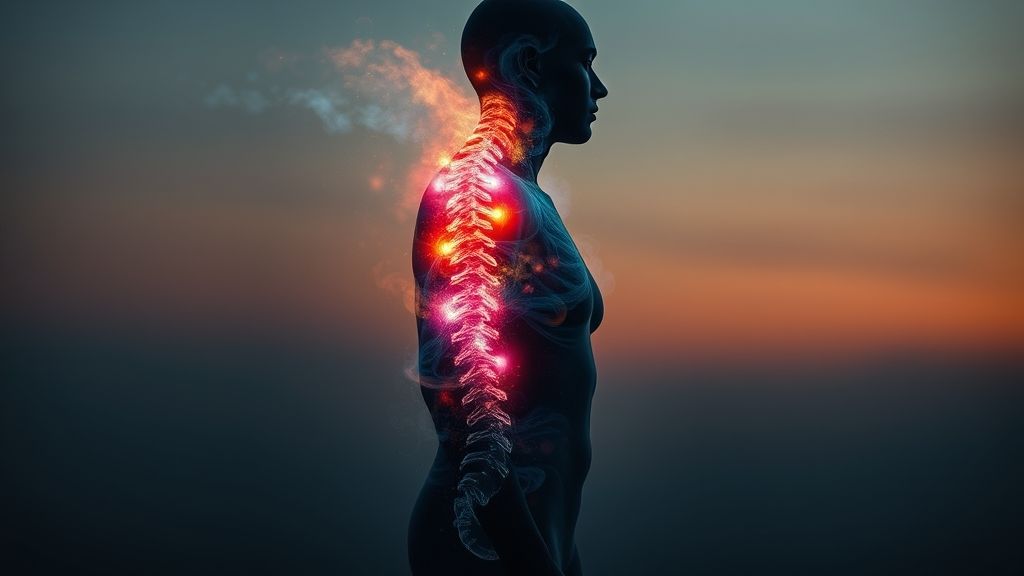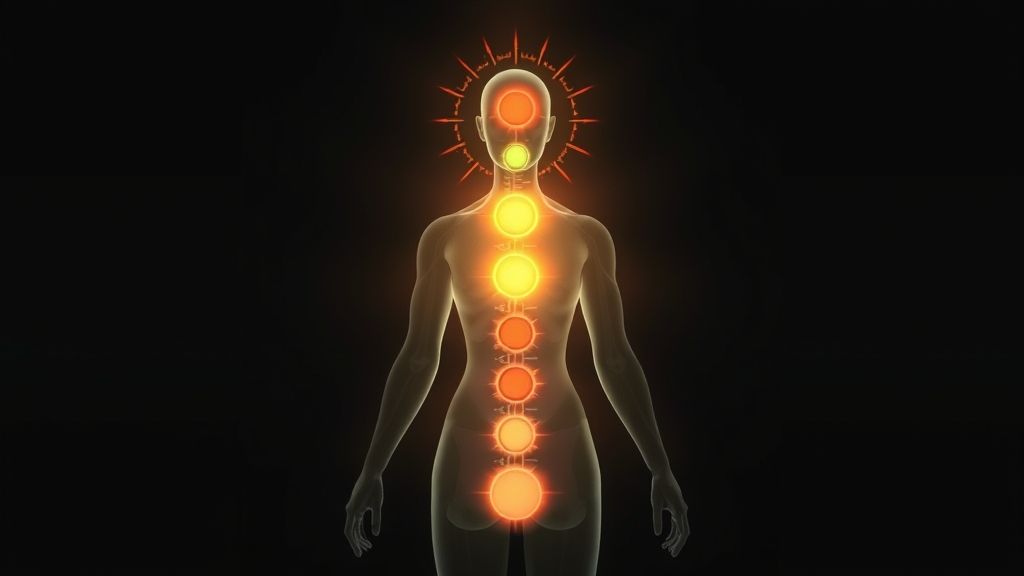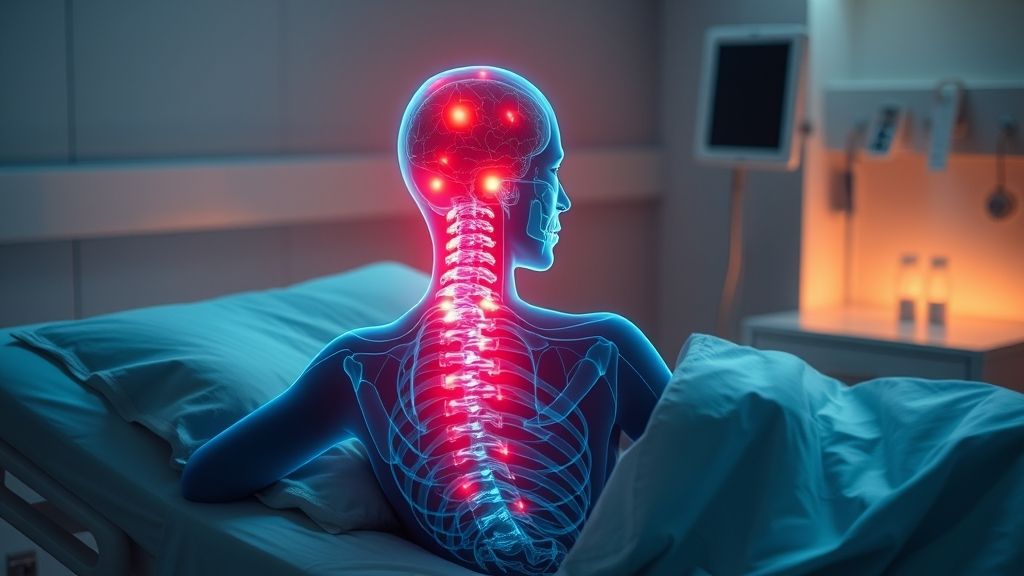Did you know that your spine stores emotional memory just like your brain? Science is now confirming what ancient healers always believed — your spinal column is not just a structure for support, but also a living memory bank of your emotions, trauma, and subconscious mind.
Most people believe memories live only in the brain. But science and ancient wisdom both suggest—your spine remembers too. Traumas, emotions, and even old fears can be stored in your spine like files on a hard drive. Here’s what no one tells you about how your spine holds your past.
Let’s explore how and why your body remembers — even when your mind forgets.
Ever seen someone who “carries the weight of the world” on their shoulders? It’s not just a metaphor. Slouching, stiffness, or closed-off body language are often signs of emotional baggage trapped in the spine. Your posture reflects your inner state.
The Spine-Subconscious Connection
Your spine houses your central nervous system. Every emotional response, stress signal, or trauma you’ve experienced travels through it. When those signals are intense, the spine can “remember” them physically—causing stiffness, misalignment, or chronic tension.
- Your spine houses the central nervous system, directly linked to the brain.
- Emotional shocks often leave imprints in muscle tension and vertebral misalignment.
- Posture isn’t just physical — it mirrors our mental and emotional state.

Example: “When you experience deep fear or trauma, that emotional energy doesn’t just vanish. According to somatic therapists, it often gets stored in the fascia and spinal region.”
Ancient Beliefs: The Spine and Energy Memory
Ancient practices like yoga and Qigong have long believed that energy—or “prana/chi”—flows through the spine. Blocks in that flow point to trapped emotions. Today, science catches up by proving the link between spinal mobility and emotional well-being.
- In Yoga and Ayurveda, Kundalini energy lies dormant at the base of the spine.
- Chakras align along the spinal column — each storing emotional experiences.
- The spine is seen as the ladder of consciousness.

Scientific Perspective: How Trauma Lives in the Body
According to somatic therapy, the spine acts as an emotional archive. Unprocessed emotions stay locked in muscles and joints, especially in the lower back. Healing these memories requires movement, awareness, and often—emotional release.
- Studies in somatic therapy show trauma is stored in the nervous system.
- The spine often responds to long-term stress with tightness or pain.
- People who have experienced trauma often unconsciously guard the spine.

Signs Your Spine Is Holding Old Emotions
Your spine isn’t just a support column—it’s a personal storybook. Every bend, tension, or ache might be telling you something. Heal your spine, and you just might free your mind.
- Chronic back pain with no clear cause
- Postural imbalances despite exercise
- Emotional flashbacks during stretching or yoga
- Stiffness after emotional events
Healing the Spine = Releasing the Past
- Bodywork (like chiropractic or rolfing) helps free stuck emotions
- Yoga and breathwork allow energy release through the spine
- Emotional release may cause physical sensations — this is normal

Final Thoughts: Your Body Knows Before You Do
Your spine is not just a backbone nor Spine is a memory bank — it’s a record keeper of your life. By learning how to release and realign it, you don’t just improve posture — you unlock deeper layers of self-awareness, healing, and inner power. Your next breakthrough might not be mental — it might be spinal.
Your spine doesn’t just support your body—it safeguards your experiences. Heal it, honor it, and unlock your hidden intelligence.
💬 Do you feel tension in your back often? It might be more emotional than you think. Share your thoughts below.
🔗 Read the full breakdown of somatic healing and practical exercises